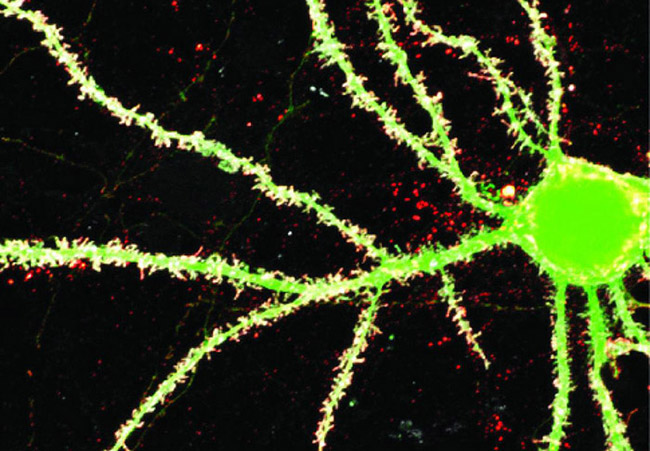Single mutation leads to big effects in autism-related gene
NIH study provides insight into one mechanism underlying the higher prevalence of males in some cases of autism
A new study in Neuron offers clues to why autism spectrum disorder (ASD) is more common in boys than in girls. National Institutes of Health scientists found that a single amino acid change in the NLGN4 gene, which has been linked to autism symptoms, may drive this difference in some cases. The study was conducted at NIH’s National Institute of Neurological Disorders and Stroke (NINDS).
Researchers led by Katherine Roche, Ph.D., a neuroscientist at NINDS, compared two NLGN4 genes, (one on the X chromosome and one on the Y chromosome), which are important for establishing and maintaining synapses, the communication points between neurons.
Every cell in our body contains two sex chromosomes. Females have two X chromosomes; males have one X and one Y chromosome. Until now, it was assumed that the NLGN4X and NLGN4Y genes, which encode proteins that are 97% identical, functioned equally well in neurons.

New findings suggest that a single mutation may contribute to increased prevalence of autism in boys than in girls.
This page was last updated on Friday, January 21, 2022